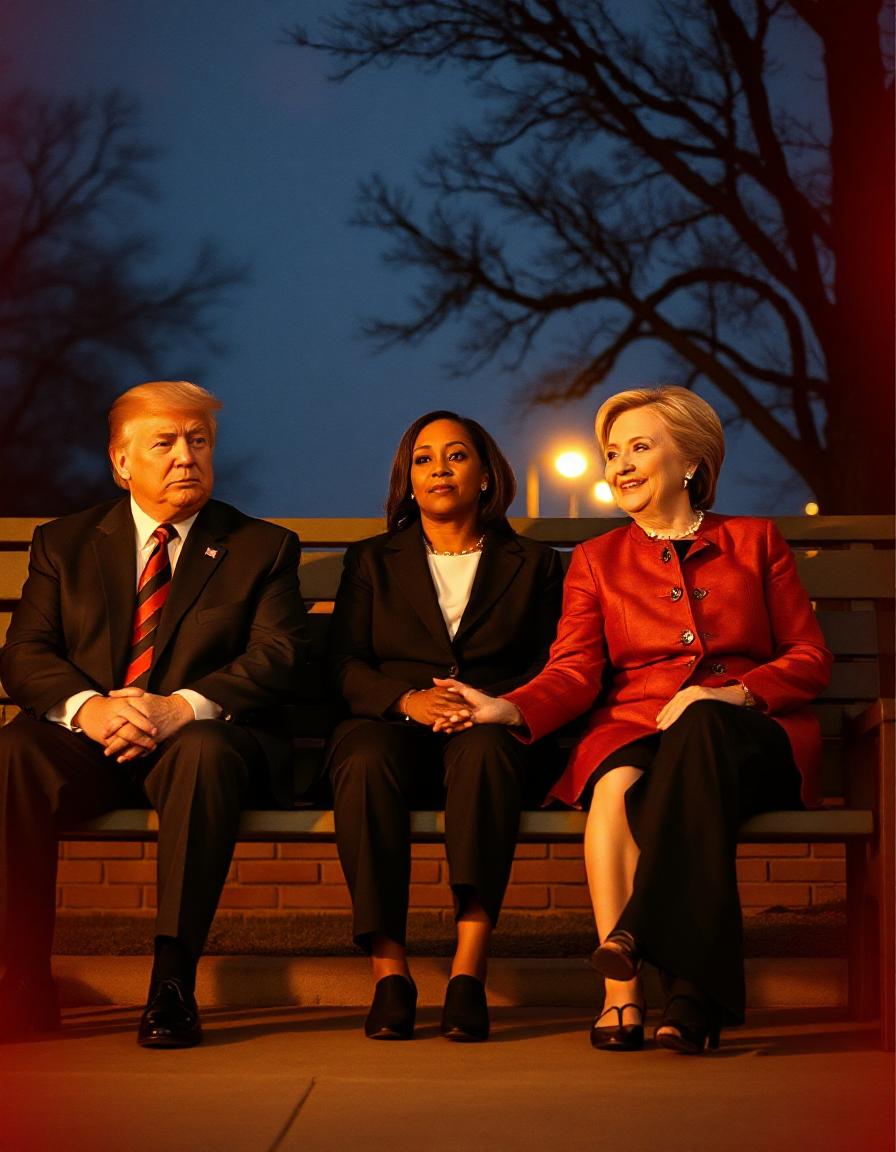The line between what’s real and what’s not can be super thin, and nothing shows this more than deepfakes.
Deepfakes are incredibly realistic digital fakes made using artificial intelligence (AI) that can show people saying or doing things they never actually did. This tech brings up big issues around privacy, security, and spreading misinformation.
How easy is it to create fake content that might be about you?

Donald Trump, Kamala Harris and Hillary Clinton sitting on a bench together holding hands as envisaged by AI Tool Pikaso by Freepik
What’s a Deepfake?
A deepfake is a type of fake media where someone’s likeness, in images, videos, or audio, is swapped with someone else’s, often without their permission. This is done using machine learning, especially deep learning, which can mimic human behaviour and looks to a scary level of accuracy.
How are Deepfakes Made?
Making a deepfake involves training an AI model on a bunch of images or videos of the person you want to fake.
We’ve made little video fakes of ourselves in just a few minutes. A quick internet search will find hundreds of tools, often free, that give anyone the power to get started.
The more data you give it, the better the deepfake will be. Two neural networks, called the generator and the discriminator, work together in a process called Generative Adversarial Networks (GANs). The generator makes the fake images or videos, while the discriminator checks if they’re real. This goes on until the discriminator can’t tell the difference anymore.
The Risks of Deepfakes
Deepfakes can have huge impacts. Its easy to imagine how these can be used to create mischief.
They can create false stories, sway public opinion, and damage people’s reputations. In politics, deepfakes can mess with trust in leaders and institutions. On a personal level, they can cause social and emotional harm.
Detecting Deepfakes
Spotting deepfakes can be a challege, but there are some signs and tools to help:
- Lighting and Shadows: Deepfakes might not get natural lighting and shadows right, leading to weird visuals.
- Blinking and Eye Movements: If the person rarely blinks or has strange eye movements, it might be a deepfake.
- Facial Distortions: Look for any warping or weirdness around the face, especially when the person is moving.
- Audiovisual Mismatch: If the lip movements don’t match the words, it could be a deepfake.
- Detection Tools: Tools like Deepware and DeepFakeDetector.ai use AI to check media files for signs of faking and give reports on how likely it is to be a deepfake.
Stopping the Spread of Deepfakes
Being aware and educated is key to fighting deepfakes. People should be skeptical of sensational or dodgy media and check info through trusted sources. Content platforms and social media companies also need to help by spotting and flagging deepfake content.
As AI tech gets better, so do deepfakes. It’s a constant battle between those making and those detecting these digital fakes. Staying informed about deepfakes and supporting the development of detection tools is crucial to keeping digital media honest. For more detailed info on deepfake detection tools and techniques, check out specialized resources and studies that dive deeper into this topic.
